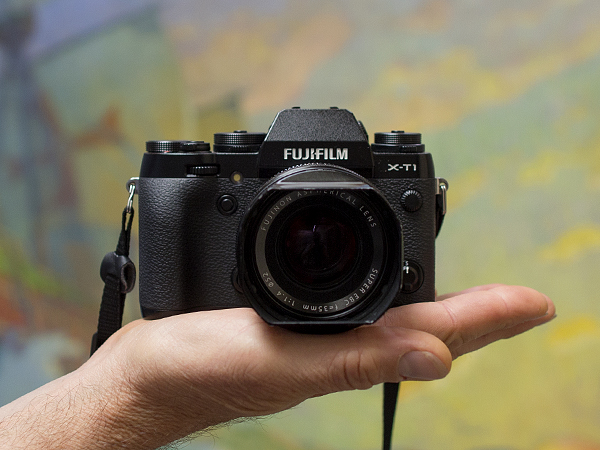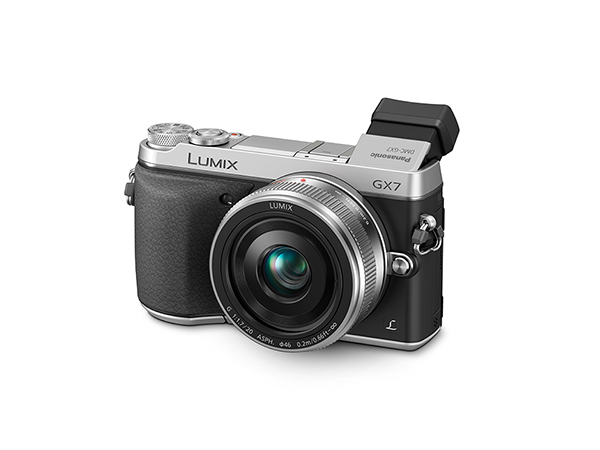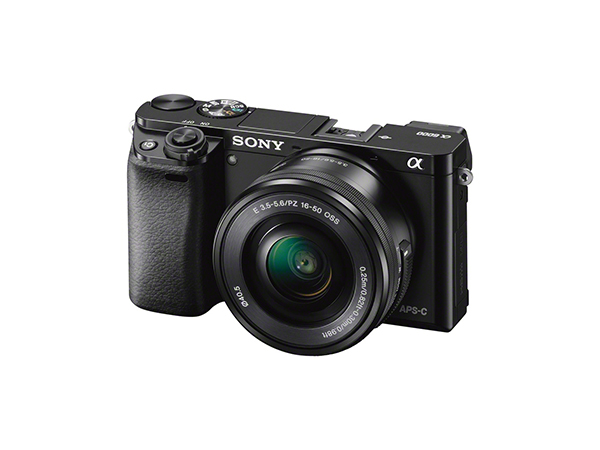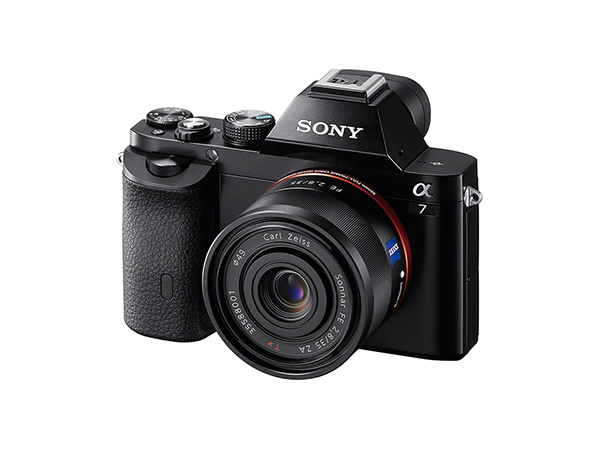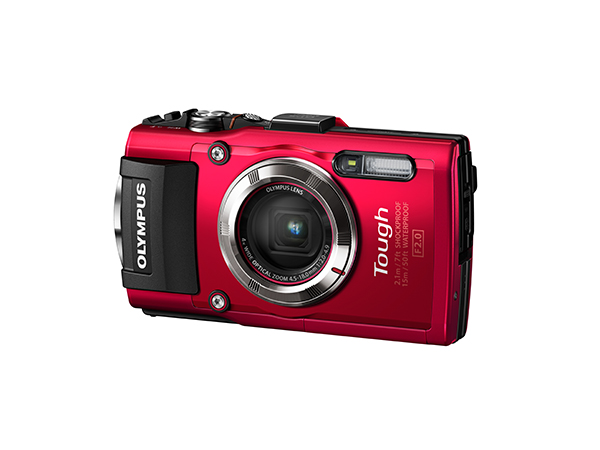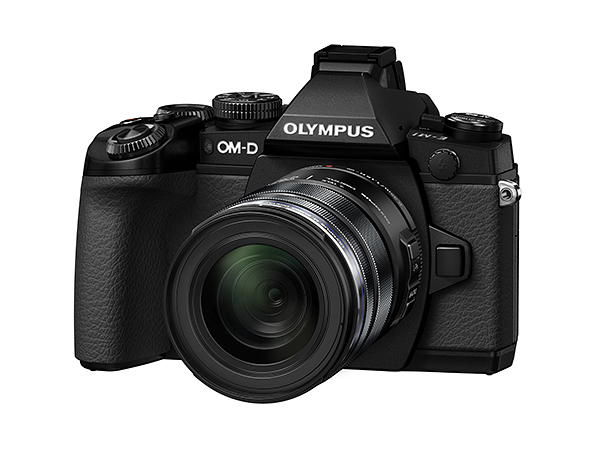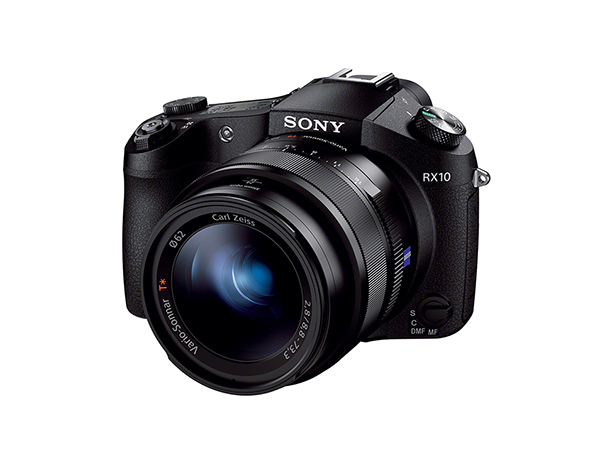Fujifilm X-T1
Photograph by Tyler Metcalfe
Most photographers working on assignment for National Geographic use full-frame digital cameras and fast zoom lenses that prepare them for almost any photographic problem they may encounter in the field. The problem with that setup is the weight and expense of the gear. A few years ago Olympus and Panasonic partnered to create a new format that promised smaller cameras and lenses while maintaining great image quality. To make this new system work it was necessary to remove the reflex-viewing mirror. Now many of these cameras incorporate eye-level electronic viewfinders (EVFs) that finally make them feel like real photographic tools. Fujifilm and Sony have joined Olympus and Panasonic with similar mirrorless cameras that have now matured into full-featured small camera systems that don’t have to apologize for their performance.
Since digital overtook the business, I’ve been lamenting the loss of my Contax rangefinder film camera. It was compact and had crazy-sharp lenses. Fujifilm’s X-Pro1 rangefinder-style camera gave me back the compact size and excellent image quality I had with those film cameras. But I was definitely giving up a little responsiveness in order to have a small camera. Using that camera was a little like walking through mud. It worked great, but when I would switch to a full-size DSLR I would realize that the Fujifilm rangefinder was just a little slow.
In 2014 Fujifilm released their latest X-series camera, the X-T1. Like the previous X-Pro1 it has classy, retro styling, this time in the form of a 1970s film SLR. But instead of optics, the pentaprism on top of the camera holds one of the best electronic viewfinders yet. Best of all, the poky feeling is gone. This camera is quick—its autofocus is quick, its image review is quick, and it shoots tons of pictures in a row without hanging up. Now I can leave the bigger DSLR cameras at home without a second thought.
Get It: www.fujifilmusa.com
Sensor: APS-C 16MP
Features: Interchangeable lens, electronic viewfinder, HD video
Fujifilm X-E2
Photograph courtesy : Fujifilm
Sensor: APS-C 16MP
Features: Interchangeable lens, Wi-Fi, electronic viewfinder, HD video
Panasonic Lumix DMC-GH4
Photograph courtesy Panasonic
The Panasonic G-series micro cameras that have a 4/3 imaging sensor size use the smaller format in a modern way, with sleek camera design incorporating next-generation, eye-level electronic viewfinders in addition to the back screen. Some of these Panasonics quickly developed a reputation for producing the best looking video files of any digital still camera. The Lumix DMC-GH4 takes still camera video into an entirely new class by shooting in ultrahigh definition, a resolution that is commonly referred to as 4K. This camera may represent the least expensive way to shoot ultra-HD video, and its still quality also ranks with the best of the micro 4/3 cameras. If you’re not a cutting-edge video producer, the HD Panasonic Lumix DMC-GH3 is still being sold, sometimes at great discount. It’s the camera that helped build Panasonic’s reputation for great cameras that produce the best images in either still or video.
Get It: www.panasonic.net
Sensor: Micro 4/3rds 16.05MP
Features: Interchangeable lens, Wi-Fi, electronic viewfinder, UHD (4K) video
Panasonic Lumix DMC-GX7
Photograph courtesy Panasonic
Sensor: Micro 4/3rds 16MP
Features: Interchangeable lens, Wi-Fi, electronic viewfinder, HD video
Sony Alpha a6000
Photograph courtesy Sony
Sony’s answer to the micro 4/3 cameras was initially its NEX line of compact models, which used the same intermediate-size chip as the early digital SLRs. When they first came out, these cameras were called EVILs (electronic viewfinder interchangeable lens) but are now mostly referred to as mirrorless.
Sony’s NEX-6 has been replaced by the newly named a6000. (I don’t know why camera manufacturers insist on playing musical chairs with camera names.) For the most part, this fills the same niche as the NEX-6 but has a healthy bump in resolution: 24.3 megapixels, up from 16.1. It also has an increase in autofocus points, up to 179 from the NEX-6’s 99. There is a small gotcha though: The electronic viewfinder resolution is lower on the newer camera.
The two cameras are at the same price point, even with the higher megapixel rating. Overall, this new camera is a big step up from its predecessor. My guess is that they had to economize on the viewfinder. This won’t affect the pictures of course, but you might want to try one out before you buy it.
Get It: www.store.sony.com
Sensor: APS-C 24.3MP
Features: Interchangeable lens, Wi-Fi, electronic viewfinder, HD video
Sony Alpha a7
Photograph courtesy Sony
This is the one many pro photographers have been waiting for: a full-frame sensor jammed into a mirrorless camera. It’s not quite as portable as the others on this list because the full-size sensor requires Sony’s full-size lenses, but it’s still a noticeable reduction in bulk, with 24 megapixels of image-capturing goodness. To really push the smallish camera paradigm, try the Alpha a7R, which bumps the megapixel count to 36.
Recently, Sony added a third camera to the line, the Alpha a7S. Surprisingly, this new camera takes a step back in resolution, measuring only 12.2 megapixels. Why would Sony do that? The main reason is to make it possible to shoot 4K video. An excellent side benefit is that the smaller number of pixels means each photo site is larger, letting in more light. So the a7S is a low-light monster—it can be set to over 400,000 ISO. The pictures are pretty bad at that setting, but the performance at a more pedestrian setting of 64,000 are unbelievable.
Get It: www.store.sony.com
Sensor: Full-frame 12.2MP (a7S), 24.3MP (a7), 36MP (a7R)
Features: Full-frame mirrorless, interchangeable lens, Wi-Fi, electronic viewfinder, HD video
Olympus TG-3
Photograph courtesy Olympus
Although this camera has the very small point-and-shoot-size sensor, its other attributes more than make up for that slight handicap. It’s pocket-size and completely shockproof, freezeproof, and dustproof, as well as waterproof to 50 feet without a housing. Sometimes the best photos come from the sketchiest circumstances, and you won’t be afraid to bring this camera along—it’s one you don’t have to worry about.
This latest version has interval shooting built in for easy time-lapse. Its GPS location capability helps you figure out where you are (or were). And they’ve added Wi-Fi wireless control, which is great for beaming pictures of your crazy adventures to your phone for epic Instagramming.
“Dan told me to bring this camera on my first diving trip to the Great Barrier Reef. I was very impressed by the clarity of the images I got below the surface. All of my dive mates were jealous, especially the one who paid extra for housings and whose pictures weren’t as clear.” —Carolyn Fox, director of digital, National Geographic Travel
Get It: www.getolympus.com
Sensor: 16MP
Features: Waterproof (rated to 50 feet), f/2.0 25-100mm lens, 3″ OLED monitor
Olympus OM-D E-M1
Photograph courtesy Olympus
Olympus is leading the vanguard of smaller, higher-quality cameras that take heavy styling cues from yesterday. Back then, they were known for smaller than ordinary OM film cameras and lenses with second to none optical quality. Now we have all that, but in digital. The OM-D E-M1 is the flagship of the micro 4/3 fleet. For the first time in its mirrorless cameras, Olympus uses a focusing system that can keep up with speedy, full-size systems. A new imaging chip that works great at high ISO has also been implemented. Finally, all the promises of 4/3 come together and are fulfilled in the newest OM-D.
Get It: www.getolympus.com
Sensor: Micro 4/3rds 16.3MP
Features: Interchangable lens, Wi-Fi, electronic viewfinder, HD video
Ricoh GR
Photograph courtesy Ricoh
When film ruled, savvy photographers always had a Ricoh GR1 somewhere within reach just in case something happened. It was barely thicker than a canister of film, and its 28mm lens was one of the best available. Ricoh even took a version of this lens and put it in a barrel for use with Leica rangefinder cameras—it was that good. After a few releases of small-sensor digital lookalike versions of the legendary GR1, Ricoh has finally put in a reasonable-size sensor and reproduced the 28mm field of view. With the new GR, the Ricoh magic is back. Because of its uncommonly straightforward menu settings this camera is often called “the shooter’s digicam,” meaning the camera does exactly what an experienced photographer thinks it will do, no second-guessing.
Get It: www.us.ricoh-imaging.com
Sensor: APS-C 16MP
Features: 28mm f/2.8 lens, HD video
Sony DSC-RX10
Photograph courtesy Sony
This is the camera for someone who wants a camera to do everything, from shooting pictures of the inside of Notre Dame to capturing close-ups of lions in the Serengeti. Usually that’s a trick that requires interchangeable lenses and the foresight to remember carrying the one you might need. With the DSC-RX10, Sony has created a stunning camera with a 24-200mm equivalent zoom—and the best part is that this lens has a fixed f/2.8 aperture, so that zoom will be more useful in interesting low-lighting conditions. The camera itself is no slouch, but the lens is so good that you might be tempted to buy this model just for the optic. Good thing, because the two come as a permanent pair. For those who just want a great camera that will meet most of their needs while not having to carry around a bag of lenses, this is the one to have.
Get It: www.store.sony.com
Sensor: 20.2MP
Features: Carl Zeiss f/2.8 24-200mm lens, Wi-Fi, electronic viewfinder, HD video

